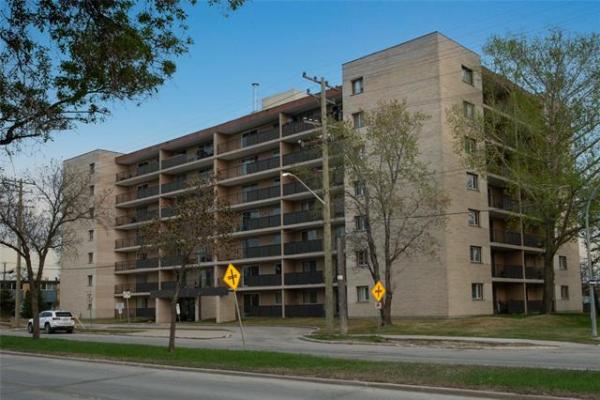
It's human nature to attempt to save a few dollars by tackling common maintenance work around the house. But some, such as Victoria resident Ramona Maximuk's former landlord, found out the hard way that some work should be left to professionals.
In an attempt to thaw out some frozen pipes with a blow torch one winter, he set the house on fire. With attendance by the fire department, he got a lot more running water than he anticipated that day.
Houses need routine maintenance to ensure small problems are caught before they escalate to full-scale disasters. And it's not just old houses that need periodic maintenance. Most new home warranties will not cover damage if it is determined the damage occurred as a result of improper or lack of maintenance. It is a good idea to keep a home maintenance schedule to keep track of what work has been done and when.
Here is a top-to-bottom checklist of the most common items that need to be done around a house.
Roof
The roof should be inspected at least once a year for missing or loose shingles. Shingles that are beginning to curl or show wear are signs that they are ready to be replaced.
"Depending on the geography, roofs should be swept every year to clear them of debris," says Gerry Migliorini, owner of GMO Construction. Not only does it keep the roof looking good, it reduces the formation of moss and mildew.
"It's just common sense." He says a clean roof also lessens the amount of debris ending up in the gutter.
Homeowners who decide to do the work themselves should also check to see if the roof vents are obstructed and ensure the flashing and chimney caps are in place and sealed properly.
Gutters and drains
Gutters usually have a screen at the top of the downspout. Over time these become clogged. A clogged gutter will overflow. When the gutter is overflowing with water and soil, the extra weight can cause the gutter to collapse.
One source of debris on a roof is pine needles and leaves from trees, so homeowners with large trees nearby should be particularly diligent.
Water from gutters should be directed away from house and into perimeter or storm drains. Water that pools adjacent to the house can find its way into the basement.
"The best advice I can give to homeowners is to have their perimeter drains augered every two to three years," says Rick Hansen, owner of Rick's Plumbing. "It's cheaper to do it in the summer when it's slow than in an emergency call in the winter."
It costs $200 to $400 usually, but "all bets are off when everybody's basement is flooding at the same time."
Fireplace and chimney
Chimneys need to be cleaned by a professional at least once a year to remove built-up soot and creosote. If wood is the primary source of heat, it is a good idea to do it twice a year.
"Built-up creosote causes chimney fires," says Dave Edwards, owner of Oak Bay Chimney Sweep in Victoria. "In some cases, it can set the house on fire."
How often a chimney needs to be cleaned depends on the type of fuel -- wood, oil or natural gas -- burned and how often the unit is used, he says.
Many chimneys have metal liners to cut down on fires and carbon monoxide percolating through cracks in the brickwork. Headaches are an early symptom of carbon monoxide poisoning. Homeowners should also check for proper fireplace damper operation.
Filters
If the house has a forced-air furnace, it will have filters that should be checked monthly. While they do not need to be replaced each time, giving them a cleaning with a vacuum cleaner will extend their life. Paper filters cannot be washed. Some permanent filters can be washed and reused. If it is a newer home, don't forget the filter for the heat recovery ventilator. Although humidifiers don't have filters, it's a good idea to check and clean the pads monthly in the heating season.
Smoke and carbon-monoxide detectors
These should be checked every six months by pressing on the check button. Some people replace batteries once a year as a preventive measure. Otherwise the unit will beep occasionally as the battery nears the end of its life. Some homes have their detectors hardwired so they do not need batteries, but it's still a good idea to push on the check button to check operation.
Windows
It is a good idea to check the weatherstrip and fill cracks around doors and windows before every heating season. Some people use a lit candle to detect leaks and drafts. Sticks of incense work well, too, if the perfumed smoke doesn't irritate you. Now is a good time to check the operation and to lubricate moving parts.
Humidity
Owners of new homes, with their air-tight envelopes, need to pay attention to moisture levels in the winter. Excess levels of humidity can cause problems such as condensation and mould.
A typical house produces about 20 litres of airborne water per day through everyday activities such as bathing and cooking. Use of the bathroom fan and kitchen range hood fan are necessary to bring the house's humidity level to a range of 30 to 45 per cent.
On the other hand, too little moisture in a house can cause wood, including wood furniture, to shrink.
Laundry room
Homeowners should clean out the clothes-dryer exhaust vent of lint buildup at least annually. Experts advise against venting the clothes dryer inside the home as it creates excess levels of humidity. It is a good idea to check for proper operation of gas or propane dryers as they can vent carbon monoxide into the home.
Garage doors
Tracks and bearings on doors need to be lubricated annually and the gap checked at the same time.
Basement/ Storage areas
To avoid musty smells, always store organic materials such as newspapers and clothing away from cool, damp areas.
-- Canwest News Service



